By Mason Webb
It was Christmas Day, 1944. A U.S. Navy C-47 Skytrain with five men aboard was en route from Naval Air Station, Olathe, Kansas, to Columbus, Ohio. It was a routine training flight. The pilot was beginning his landing approach into the Indianapolis municipal airport but a heavy fog shrouded the runway.
Realizing that he had overshot the runway, the pilot attempted to pull up but slammed into a tree. Everyone on board was killed.
A freak accident? Yes. A rare occurrence? No.
Tragically, there were far too many such accidents that took the lives of thousands of U.S. Army Air Forces, Navy, and Marine personnel during World War II. Their story, however, has gone largely unknown, their sacrifices unrecognized.
As everyone knows, flight involves risk. Heavier-than-air flying machines, operated by young, inexperienced pilots (and even seasoned veterans), are subject to mechanical failure, unfavorable weather conditions, and human error—even before they arrive in an overseas combat zone, where the dangers quickly multiply.
Planes (and gliders, too) have crashed ever since they were first invented. But with the tremendous buildup of aviation forces during the war—with rushed training and a punishing manufacturing schedule to churn out planes (the aircraft plant operated by Ford Motor Company at its huge Willow Run, Michigan, facility built a complete B-24 every hour; see WWII Quarterly, Spring 2017), things were bound to go wrong.
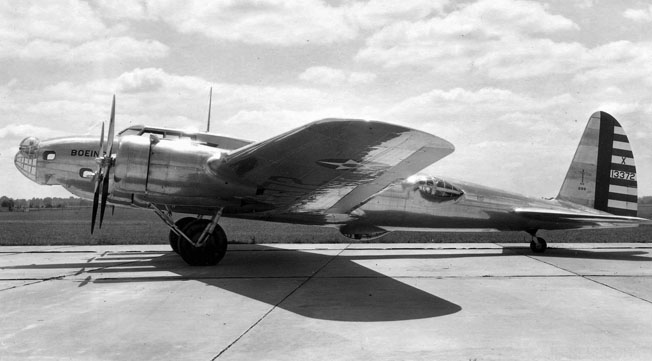
Accidents happened even before the start of the war. Boeing bet the company’s future on its design for a new, four-engine bomber, the B-17. The prototype, known as Model 299, took off from Dayton’s Wright Field on October 30, 1935, with Chief Test Pilot Leslie R. Tower at the controls. (The plane’s maiden flight had occurred three months earlier.)
Everything went perfectly during the flight—until it was time to land. A part that was inadvertently left in a locked position caused Model 299 to crash, killing Tower and his co-pilot, Major Pete Hill. Undeterred by the fatal mishap, the government awarded Boeing a contract to build 13 more B-17s. Eventually the company would build nearly 7,000 of them, while two other contractors built another 5,745.
In another prewar accident, on June 17, 1940, two twin-engine Douglas B-18 bombers, with 11 men on board, were flying out of Mitchel Field, Long Island, New York, when one passed too closely beneath the other. The mid-air collision resulted in airplane parts, engines, fuel, and bodies raining down on Bellerose, New York. Everyone on board was killed, as was a woman on the ground.
Gliders have their own particular dangers. On the sweltering day of August 1, 1943, a large crowd had gathered at Lambert Field, the St. Louis, Missouri, municipal airport, to watch a glider demonstration. A local company, the Robertson Aviation Corporation, had just built a CG-4A troop-carrying glider and the government was eager to show it off in hopes of increasing the sales of war bonds.
On board the glider were 10 of St. Louis’s most prominent citizens: Mayor William Dee Becker, Thomas Dysart of the Chamber of Commerce, Judge Henry Mueller, and Max Doyne of the city’s public utilities department, along with William B. Robertson, head of the company that had built the glider, and his vice-president and general manager, Harold A. Krueger. Piloting the brand new CG-4A was Captain Milton Klugh.
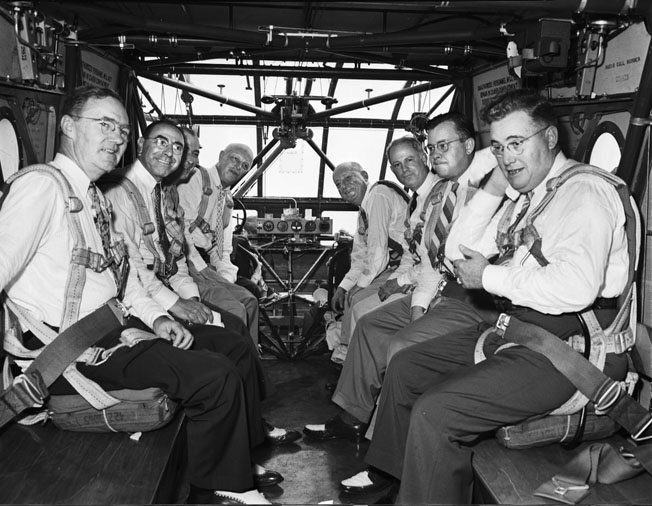
Robertson was a well-known figure in aviation circles. In addition to founding the municipal airport in St. Louis and the Robertson Aircraft Corporation, he also funded the design and construction of the history-making plane that Charles Lindbergh flew in 1927 from New York to Paris—a plane dubbed the Spirit of St. Louis.
Towed aloft by a Douglas C-47, the two conjoined aircraft circled the airport to the cheers of the crowd, estimated at about 10,000 people, before the towrope was released. Almost immediately, the right wing of the glider snapped off, and the engineless aircraft plummeted to earth, killing all on board.
A post-crash investigation revealed that a manufacturing defect in a wing strut was responsible.
Prior to the time that Pearl Harbor was attacked, the U.S. Army Air Corps had approximately 4,500 pilots, only 2,000 of which were on active duty. Once in the war, the United States greatly expanded both aircrew and ground-crew recruitment and training. By the end of the war, more than 435,000 pilots had been trained. (This number is exclusive of the thousands of Navy and Marine Corps aviators who were also trained.)
Naturally, with such high numbers, the likelihood of aviation accidents increased exponentially. Many times “hot-shot” pilots fresh out of (or still in) flight school found themselves in over their heads with a high-performance aircraft beyond their capabilities. At other times, it was a moment of inattention or simply “operator error” that spelled doom.
On October 23, 1942, over the Los Angeles area, a Lockheed B-34 Ventura bomber was being ferried from Long Beach Army Air Base to Palm Springs Army Air Field when it clipped the tail of an American Airlines DC-3 with nine passengers and a crew of three. The B-34 managed to land safely but the passenger plane smashed into a mountain in Chino Canyon, killing everyone on board, including Academy Award-winning Hollywood composer Ralph Rainger, who had composed entertainer Bob Hope’s signature theme song, “Thanks for the Memories.”
A post-crash investigation revealed that the B-34’s pilot, William N. Wilson, was friends with the pilot of the DC-3 and was attempting to maneuver close enough to wave at him. Wilson miscalculated the distance between the two planes and his starboard engine chopped the DC-3’s tail to pieces.
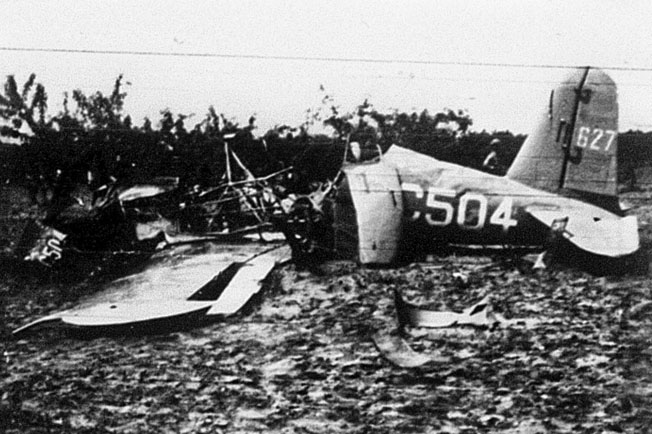
Ironically, the same B-34 Ventura was destroyed the following August 5 when an engine failure caused it to crash during a ferry flight into mountains in Rhode Island, killing all three crew members.
In another disaster, a B-24 bomber flying out of Wendover Army Air Base, Utah, on August 8, 1942, experienced engine failure, lost altitude, and tried to land on a desert highway seven miles east of the base. Its speed was too great and the plane slid off the highway and plowed into a freight train that was passing by, shattering 26 of the Western Pacific Railroad’s boxcars like balsa wood toys.
A few minutes later, a westbound train, unaware of the accident, came along and plowed into the wreckage. Ten injured air crewmen were rescued by the train crews, but the pilot later died.
On August 10, 1942, a U.S. Navy bomber on maneuvers over Pearl Harbor, Hawaii, developed problems and crashed into a loaded bus, killing eight civilians and the three-man bomber crew.
The Lockheed P-38 Lightning was notoriously difficult to learn how to fly, and numerous P-38s crashed and many pilots died during training and ferrying operations.
On August 19, 1943, a P-38 collided with another P-38 over San Diego, causing the twin-boom fighter to crash into a house in the Mar Vista war-housing project. Three young children, playing in the front yard, were killed by the falling debris while the pilot fell from his aircraft and crashed through the roof and into the living roof, dying immediately. The other P-38 crashed into a canyon but the pilot parachuted to safety.
In another P-38 incident, Lt. Col. William E. Dyess died on December 22, 1943, after his aircraft caught fire during a flight test over Burbank, California. Refusing to bail out and risk his plane crashing into a populated area, Dyess heroically stayed with it and brought it down in a vacant lot; no one on the ground was hurt but Dyess lost his life.
Ironically, he had been captured by the Japanese on Bataan in April 1942, escaped a year later, and fought with guerrilla forces on Mindanao before being evacuated by an American submarine. Dyess Air Force Base in Abilene, Texas, was named in his honor.
On rare occasions, disasters occurred for which there seemed to be no logical explanation. For example, on January 2, 1944, while on a flight from McChord Field in Tacoma, Washington, to Los Angeles, a B-17 carrying 14 personnel exploded in the overcast skies above McClellan Field, northeast of Sacramento, California. One person escaped by parachute but the other 13 were killed. The cause of the explosion was never determined, but an onboard fire was not ruled out.
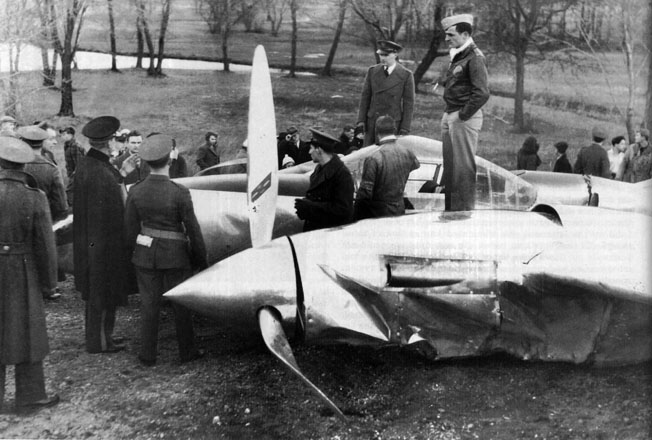
It seemed that planes were going down all over the country on a weekly basis. On February 11, 1943, a B-17 went missing on a flight from Walla Walla, Washington. Three days later the wreckage was found; the plane had evidently crashed into a ridge in the Blue Mountains, 17 miles east of Walla Walla; all 11 on board were killed.
The next day, engine failure brought down a Consolidated B-24, flying from Biggs Field, Fort Bliss, Texas; it crashed near Roswell, New Mexico. One crewman parachuted to safety, but the other eight did not survive.
Five days later, a B-24 carrying 34 passengers crashed at Tucson Municipal Airport, killing six Consolidated employees who were on board.
On May 20, 1943, a B-24 from the 1014th Pilot Transition Training Squadron departed Tarrant Army Airfield in Texas on a four-hour flight to Chicago, which was shrouded in fog and a light rain. The pilot never saw the 500-foot-tall, 20 million-cubic-foot gasometer—the largest natural-gas storage tank of its type in the world—in front of him as he approached Chicago’s Municipal Airport (today known as Midway Airport). In the ensuing massive explosion, the tank was destroyed and all 12 men aboard the bomber perished.
Four months later, a B-24 bomber, based at Lowry Field, Colorado, crashed into a residential neighborhood near the University of Denver on September 26, 1943. A witness said, “I was working in my back yard about 9:20 am when I saw the plane coming in low from the direction of Denver University. Its left engine was dead and it apparently was having trouble trying to gain altitude.
“When it was directly overhead, the pilot must have noticed the vacant lot because it looked to me like he was trying to pancake a landing. It all happened within a split second. The plane crashed and exploded. A sheet of flame shot up about 60 feet and seemed to fall over the houses.
“The heat was so intense that you couldn’t get close. I noticed wreckage flying through the air over the front of the plane.” At least seven airmen died in the crash.
At midnight on July 11/12, 1944, a B-24 bomber that had just taken off from Biggs Field at Fort Bliss, Texas, with eight men aboard slammed into Mount Franklin, which looms over the city of El Paso.
An eyewitness said, “The [plane’s] lights showed for three or four seconds against the mountain, and then the pilot must have seen that he was about to crash into the rocks. He nosed the plane up, and it zoomed about 100 feet, then crashed head-on into the mountain. There was no fire before the plane hit, and the plane did not dive or fall. When it hit, there were three or four small fires that sprang up, then all at once a big flash and a big fire.”
Another B-24 accident happened on August 1, 1944, after six B-24 Liberators took off from Muroc Army Air Field for gunnery and formation-flying training over Death Valley, California. One plane, a B-24J, collided with a B-24D and sheared off the B-24D’s tail; eight men in that bomber died. One student gunner in the B-24J was able to parachute from the plummeting plane, but his fellow eight aviators perished. Scattered debris from the crash is still visible in Death Valley National Park.
Texas, with its many military airfields, saw many military aviation disasters, with one of the worst occurring on September 10, 1943, 40 miles off the shore of Galveston. Two B-17s, with 11 men in each plane, had taken off from Alexandria (Louisiana) Air Base for gunnery practice over the Gulf of Mexico but, for unknown reasons, collided in mid-air. Investigators believed that one of the planes may have lost its position in the formation and, in an attempt to maneuver back, collided with the other ship. One plane exploded and both sank into Gulf waters immediately afterward. All 22 men were lost.
Learning to fly was dangerous to both students and instructors. On April 14, 1943, two crashes occurred a few hours apart that took three lives from the Air Corps Basic Flying School in San Angelo, Texas. In the first, Cadet Raymond L. Stephenson was soloing when his AT-6 crashed at a ranch about 25 miles east of the air base.
The second crash involved a cadet and an instructor; both were killed when their trainer, for unexplained reasons, fell from an altitude of about 700 feet and burst into flames upon impact with the ground; both bodies were burned beyond recognition.
On October 2, 1943, a training plane from the Army Navigation School at Hondo, Texas, crashed into a home, killing five Army officers, two enlisted men, and a civilian navigation instructor. Fortunately, no one was home at the time.
In another Texas crash, this one involving a four-engine bomber from the Big Spring Bombardier School, a pilot instructor and four students died when their plane hit a mountain 11 miles east of Big Spring on February 14, 1944.
It wasn’t only bombers that were falling out of the sky; the same thing was happening regularly with fighter planes. On March 23, 1943, a Republic P-47 Thunderbolt took off from Mitchel Field, New York, developed mechanical troubles shortly after takeoff, and crashed into Barnard Hall at Hofstra College in Hempstead, Long Island, New York, killing the pilot and setting the building on fire. Luckily, no one else was killed or injured.
In 1939, the Heisman Trophy, emblematic of the country’s best college football player, was awarded to the University of Iowa’s Nile C. Kinnick, who was also the student body president. After graduation, he received a commission in the Navy and went on to flight school.
On June 2, 1942, while on a training mission off the coast of Venezuela, his Grumman F4F Wildcat lost oil pressure and he was forced to ditch in the sea four miles from his carrier, the USS Lexington; his body was never recovered. In 1972, the University of Iowa renamed their football stadium “Kinnick Stadium” in his honor.
On September 12, 1942, another F4F Wildcat flew too closely to the San Francisco-Oakland Bay Bridge; it ran into a suspension cable that sliced off the tail and a wing, raining debris down on the motorists below. Miraculously, no civilians were hurt, but the pilot died.
On May 5, 1945, nine officers and an enlisted man were killed and two enlisted men were injured when a Navy Catalina flying boat crashed into a fog-shrouded hill southwest of Sausalito, California. Two enlisted men, who suffered first-degree burns, were thrown clear of the plane and survived.
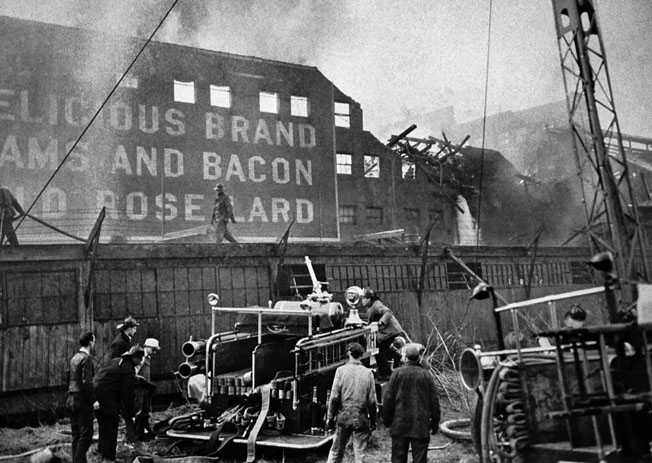
The B-29 Superfortress was not immune from mechanical failure. On February 18, 1943, a prototype of the big bomber had one of its engines catch fire, causing it to crash into meat packing plant in Seattle. All 10 men on board were killed, as well as 20 people on the ground.
On July 2, 1945, another B-29 was flying east from Davis-Monthan Field in Tucson, Arizona, when it went down in rugged country about 20 miles east of Salt Flat, Texas. None of the 12 men on board—seven officers and five enlisted men—survived.
American fliers weren’t the only ones going down; the U.S.’s northern neighbor, too, saw its fair share of fatal accidents and disasters. On October 12, 1943, a B-24 Liberator bomber carrying 24 Royal Canadian Air Force personnel from eastern air stations to Montreal crashed into the St. Lawrence River. It was announced that poor weather conditions likely contributed to the crash and the deaths of all aboard.
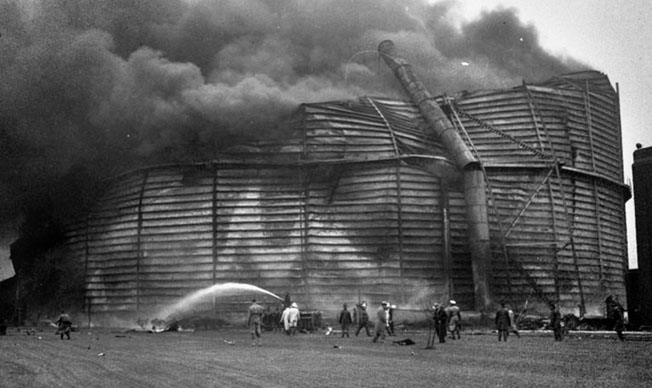
Seven days later, another B-24 belonging to the RCAF was en route from Gander, Newfoundland, to Mont-Joli, Quebec, with 24 people on board. Due to weather and a navigation error, the plane slammed into a Quebec mountain, killing everyone. The wreckage went undiscovered for two years.
Tragedies also happened to foreign fliers in the United States. Two experienced pilots from Britain’s Royal Air Force—Squadron Leaders Basil B.W. Howe and R.S. Harmon—were in the United States to serve as trainers; both had taken part in many combat missions (Howe had already completed 27 bombing missions over Germany). On January 14, 1944, they were flying from Dayton, Ohio, to Washington, D.C., when their plane developed serious engine problems.
While Howe tried to control the stricken craft, Harmon safely bailed out; Howe then followed but landed in the icy Ohio River. The plane crashed near St. Mary’s, on the West Virginia side of the river. After struggling in the water for about 15 minutes, Howe went under, a victim of exhaustion and hypothermia. He was buried at Arlington National Cemetery in Virginia.
In 1942, in order to free up more men for combat, the United States instituted a program called the Women Airforce Service Pilots—WASP for short. The program was designed to train women to fly military aircraft from the factories where they were built to the U.S. air bases where they were put into service. More than 1,100 women were accepted into the WASPs—and 38 lost their lives in flying accidents.
A National Public Radio story said that one of those killed was 26-year-old Mabel Rawlinson, the daughter of a minister in Kalamazoo, Michigan. She was stationed at Camp Davis in North Carolina and was coming back from a night training exercise with her male instructor on August 23, 1943, when the plane, a Douglas A-24 Banshee dive bomber, made a fiery crash-landing at the base. Upon hitting the ground, the instructor was thrown from the plane and suffered serious injuries, but Rawlinson’s hatch was jammed, preventing her from escaping.
A fellow WASP was there: “I knew Mabel very well. We were both scheduled to check out on a night flight in the A-24. My time preceded hers, but she offered to go first because I hadn’t had dinner yet. We were in the dining room and heard the siren that indicated a crash. We ran out onto the field. We saw the front of her plane engulfed in fire, and we could hear Mabel screaming. It was a nightmare.”
Because Rawlinson was a civilian, the military was not required to pay for her funeral or pay for her remains to be sent home, so her fellow pilots raised the money to ship her body back to Kalamazoo.
Even after the war in Europe ended in May 1945, aviation tragedies continued. In a well-known incident, on July 28, 1945, an Army Air Force B-25 Mitchell bomber slammed into the 79th floor of New York City’s Empire State Building, then the world’s tallest building (see WWII Quarterly,Fall 2010). The pilot was attempting to land at La Guardia Field on Long Island but became lost in fog and was seen flying between skyscrapers in Manhattan seconds before the crash.
The disaster killed the pilot, two other crewmen, and 11 people in the building. Debris—parts of the plane and the building—rained down on the street below. The death toll would likely have been much higher had it occurred on a weekday instead of a Saturday.
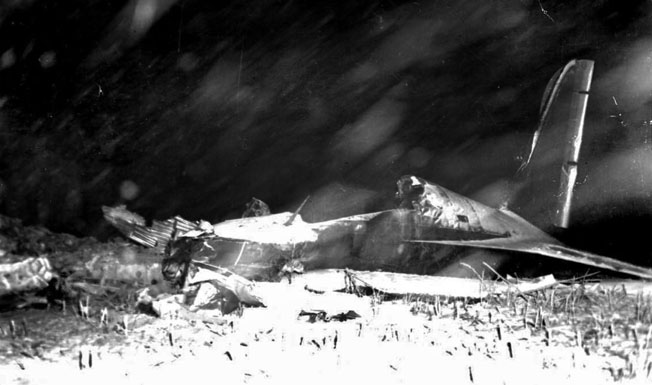
On December 8, 1945, a C-47 transport plane, carrying 21 overseas veterans flying from Newark, New Jersey, to Seattle, Washington, for discharge or reassignment, crashed a mile west of Billings, Montana; four men survived.
A newspaper account described the horrific scene: “Screams of the dying and injured could be heard as the police officers approached the field, where in the glare of the burning plane were six army men and one of the pilots. The other pilot was under the ship’s motor, which had been torn loose in the crash….
“The blaze was extinguished by city firemen while smoke still curled from the twisted mass. City and county officers began extricating bodies from the wreckage. Twelve smoldering black and red charred forms, some with their arms and legs still in sitting positions, were carried out and placed in metal boxes for removal to local funeral homes.”
From 1940 through 1945, according to statistics gathered by Anthony J. Mireles, the U.S. Army Air Corps/Air Force suffered 6,351 fatal accidents, with more than 13,600 fatalities and the loss of more than 7,000 aircraft. Most of the fatal accidents (2,101) occurred in primary, basic, and advanced trainers, while 2,796 aviators died in the 490 fatal B-24 accidents, followed by 1,757 who died in 284 B-17 crashes.
Of the fighter plane accidents, 455 pilots died in 404 crashes involving P-47 Thunderbolts, while 369 and 337 lost their lives in P-39 and P-38 accidents, respectively.
The U.S. Eighth Air Force in Europe suffered more than 26,000 men killed due to enemy action, mechanical problems, and accidents during the war. But training, as we have seen, was just as hazardous, with more than 15,500 losing their lives in service to their country before they were ever able to face the enemy.
Unfortunately, their sacrifices were seldom noted. At a few places around the country, a simple plaque or marker or monument lists the names of those who died but, because they did not die due to enemy action, they were not eligible to receive the Purple Heart medal, posthumously.
For the most part, their sacrifices are forgotten by the nation they had sworn to serve and protect.
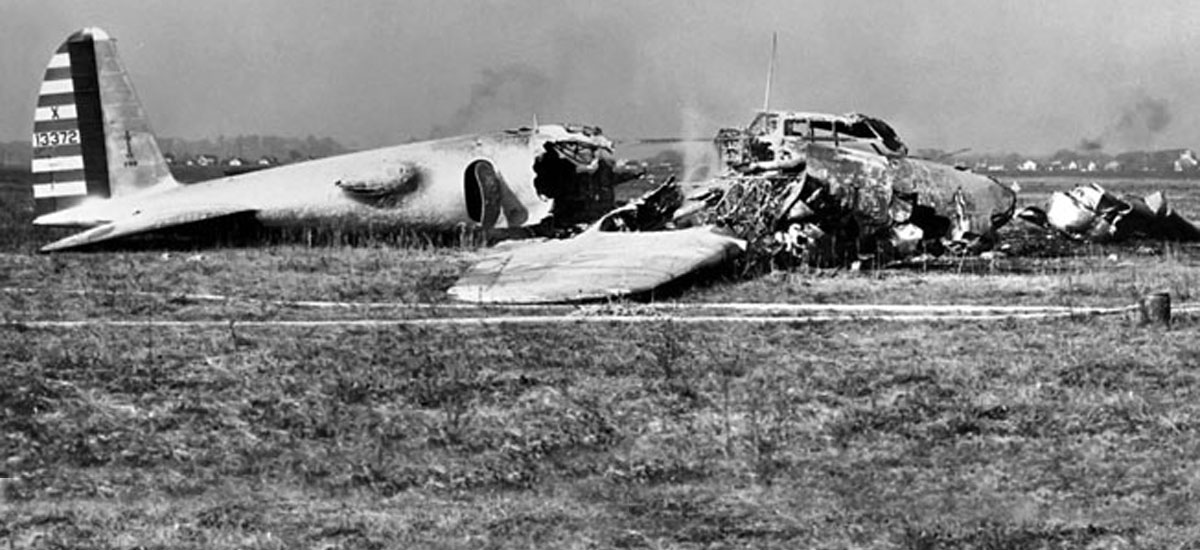
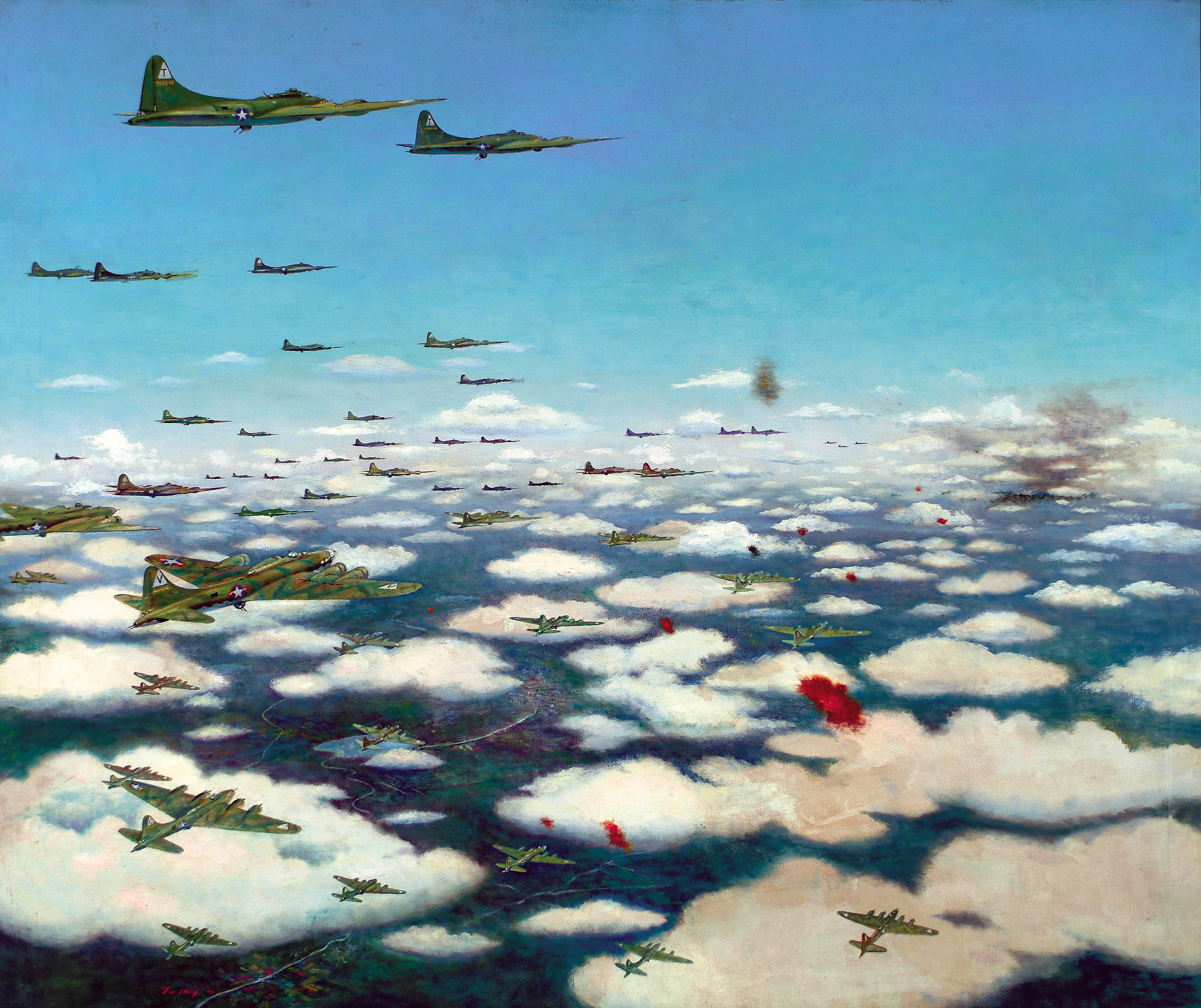
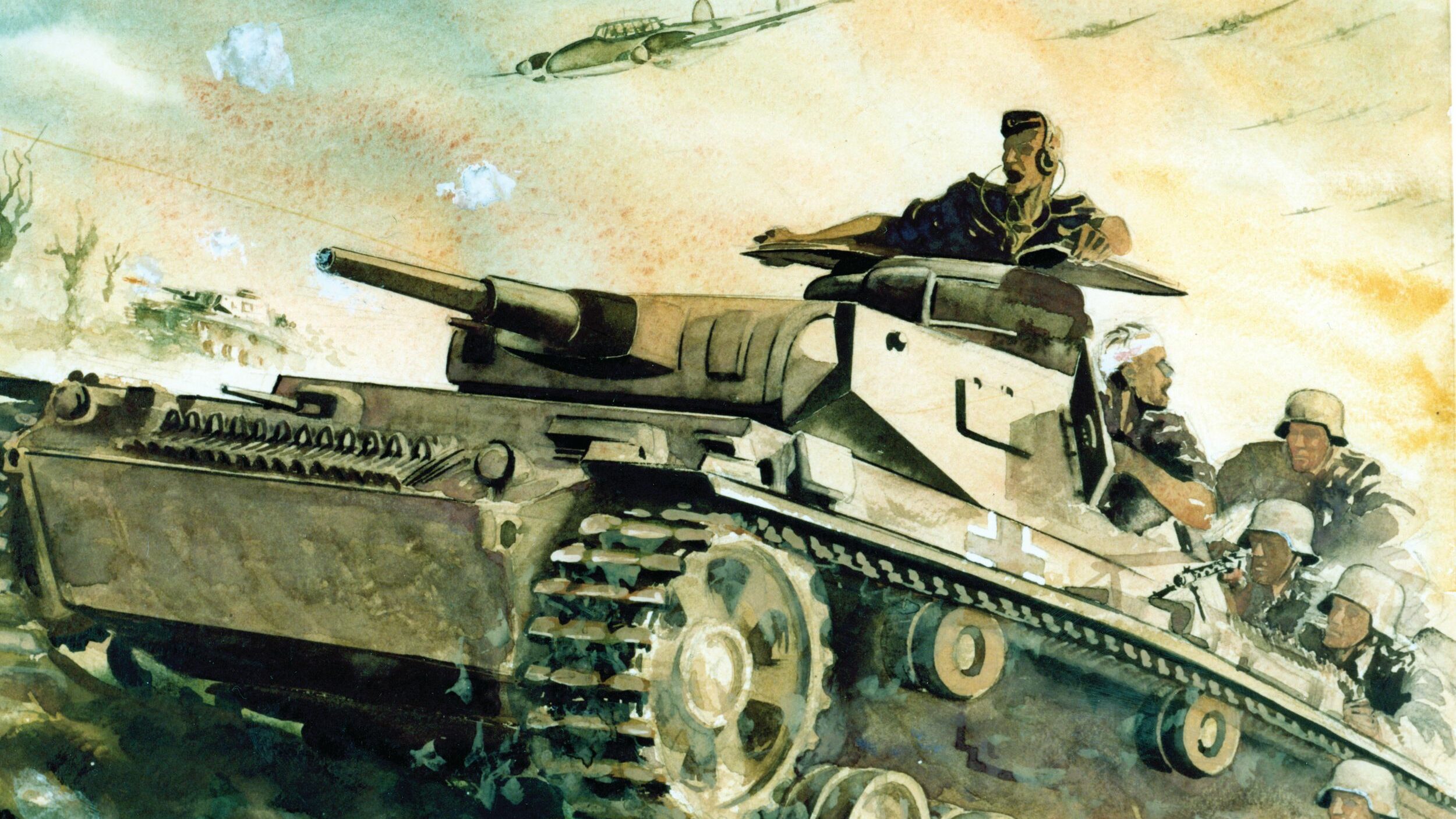
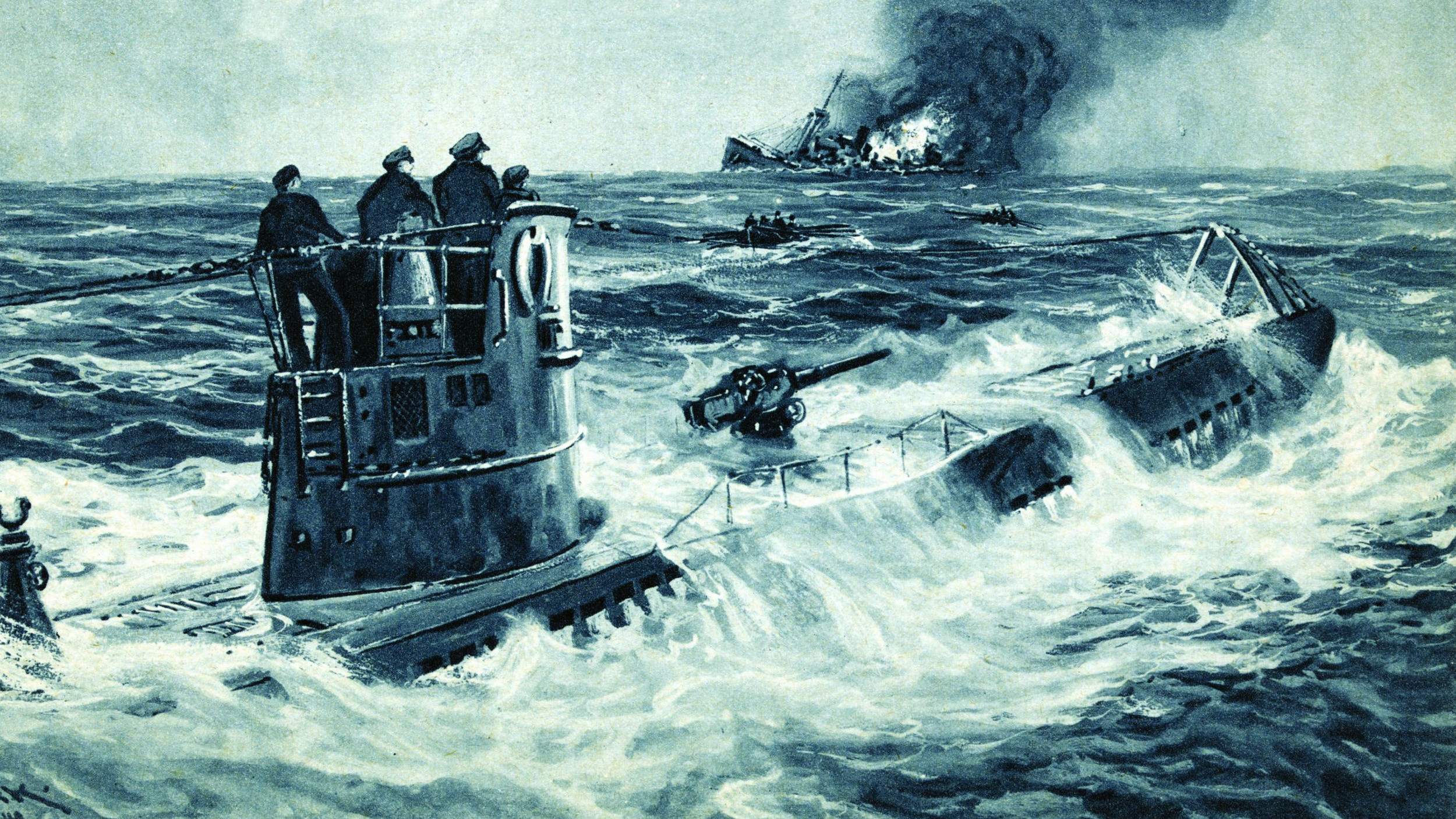
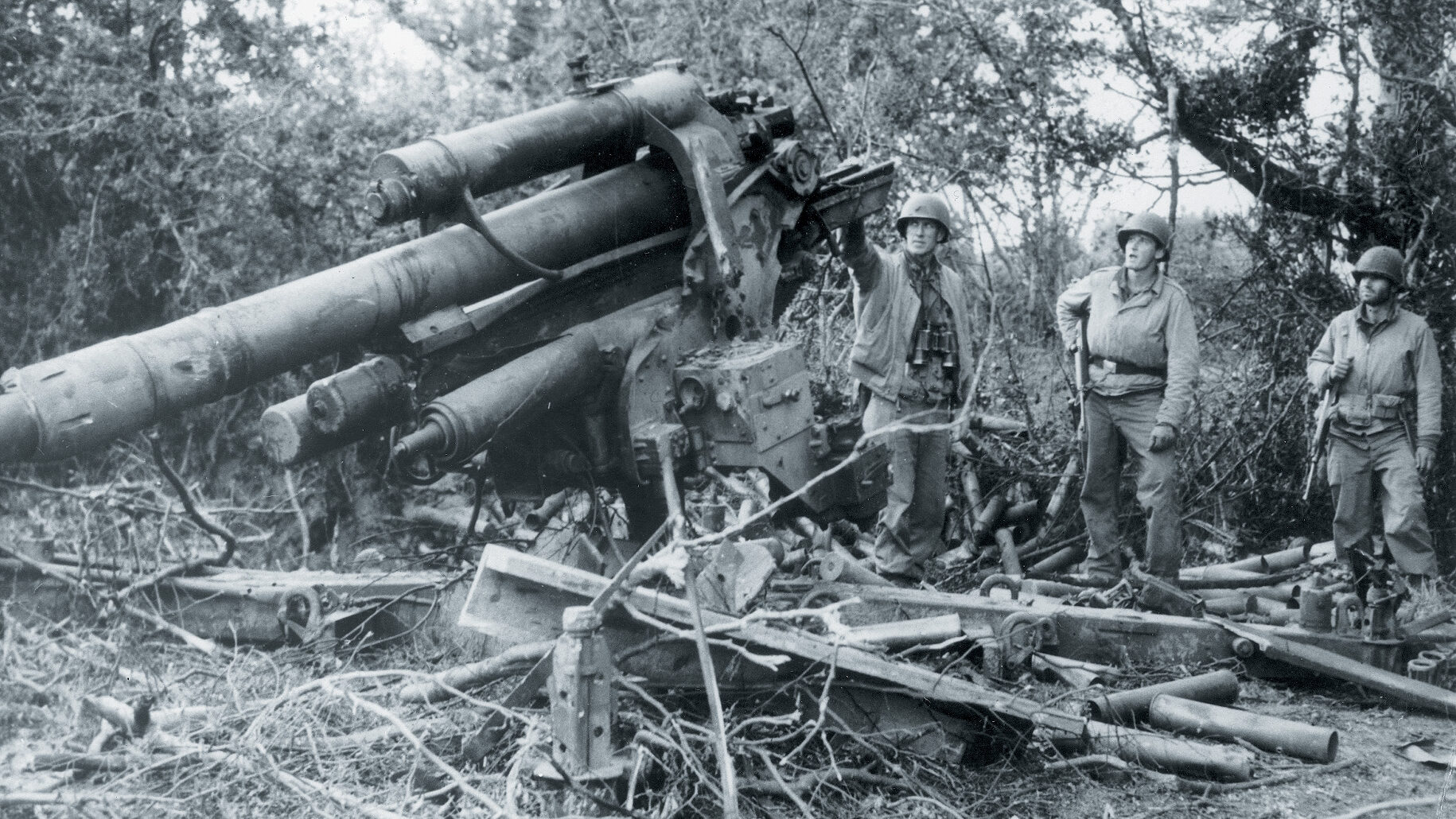
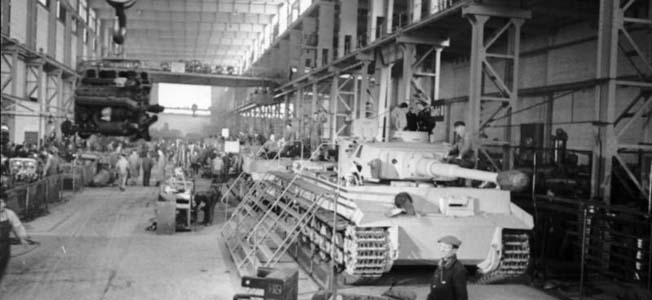
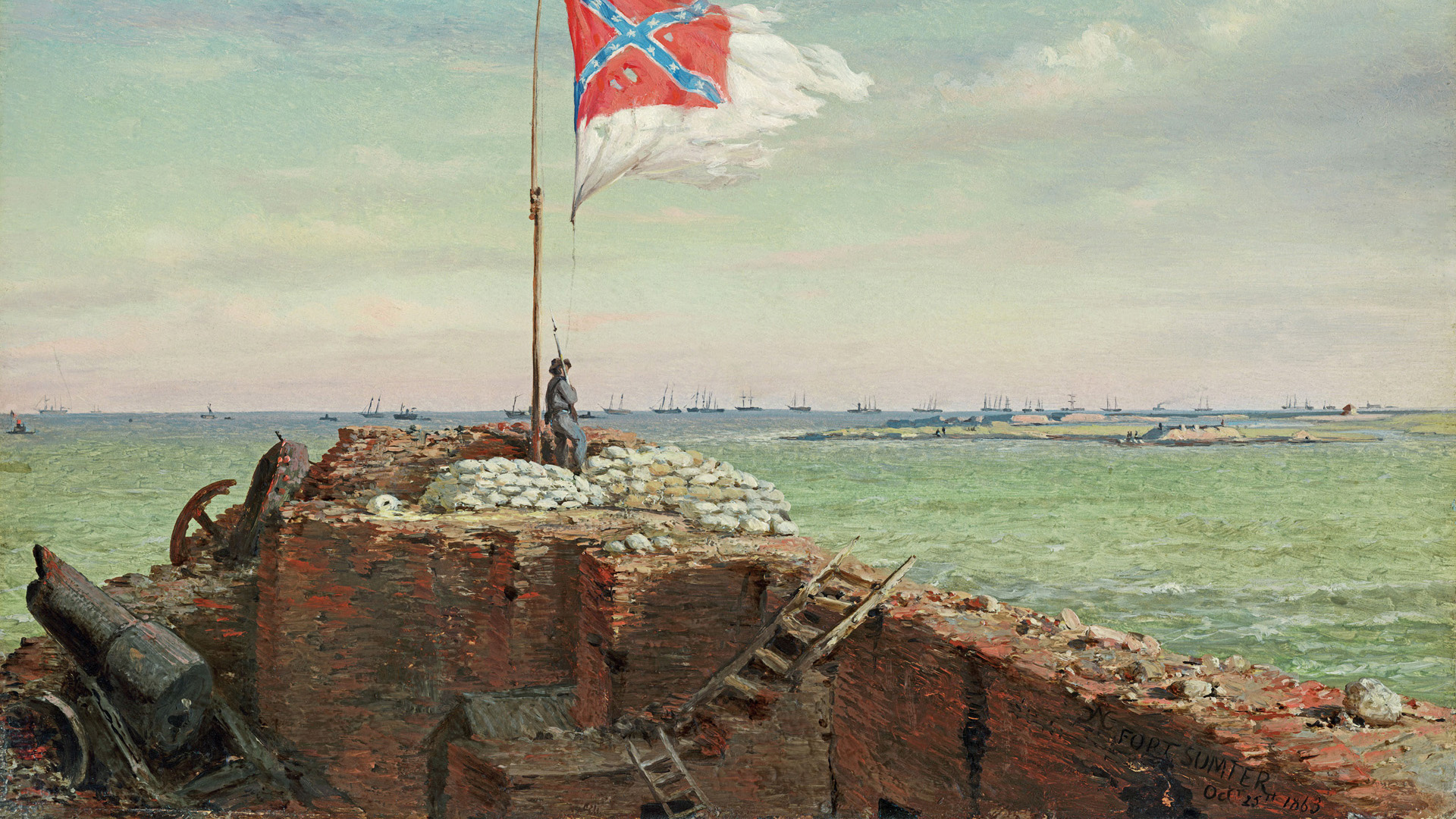
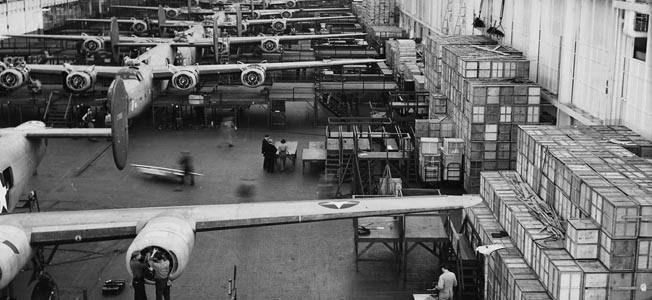

Hello,
I have scoured the internet for years, and can never find an account of a plane crash on May 24, 1943. It was a B-26, and the crash happened somewhere in Florida. My Uncle, S/Sgt Edward V. Peterson was the radioman/gunner on board.
The Army Air Corps lists his death as DNB – Died Not in Battle.
My father, S/Sgt Douglas L. Peterson was stationed at MacDill Air Force Base in Tampa, FL at the time. He also flew B-26 for intelligence.
Would you have any idea why I can’t find a record of this crash anywhere?
Thank you,
Alice Peterson
Lakeland, FL
The 21st Bombardment Group operated B-26’s out of MacDill until Oct 1943, is it possible that your uncle was a part of this unit and if so do you know what squadron? There would probably not be an MARC if the aircraft was not in combat. What do you know about the nature of the “intelligence” work that he did?
If the Army Air Corps lists him as DNB were you able to determine who else died in that aircrew and if there were any survivors? Any little bits can be helpful. Good luck in your search.
Regards, Bob
There is a website with lots of early AAC accident information.
Check: Aviationarcheology.com
GM
Have you contacted the B-26 Marauder Historical Society? Amazing amount of info and dedicated staff. They were able to find my uncle’s first pilot who flew with him. He was 93 and able to tell me a load of fantastic information.
My Uncle, 2nd Lt Mark J. Anthony was killed in a mid air collision on or about April 25th 1944. His plane was out of March Air Force Base. There is sketchy information about the crash, his remains location, etc.
On Oct. 8, 1944 at approx. 16:30 hours, a B-29 crashed near the Texaco Tank farm 5 miles SSW of Love Field, Dallas, Texas. My father was in the Navy and we were living in Gov. housing at 1110 Mustang Village, Dallas, Texas. I was 5 years old at the time. I’ve always had a fascination with airplanes, so one day while playing outside, I heard and saw a large military airplane (B-29) very high in the sky, and as I watched it, I saw a very large piece of silver metal fall off the tail and come falling down. Shortly thereafter, the plane went into a death spiral head toward the ground; I saw no parachutes or any sign of anyone getting out. Reviewing this crash recently (Aug. 2021) on the Aviation Safety Network/Flight Safety Foundation, found out that 15 men died in this crash. I’ve remember what I saw all my life, but never tried to research it until I told this story to my brother who encouraged me to seek more information. I believe this is indeed the crash that I saw on that fateful day. Here’s a Link to the Crash information: https://aviation-safety.net/wikibase/98453.
I live in Whycocmagh, Nova Scotia, american bomber crashed landed in my back yard. 1942 bomber crashed on Cape Breton, Nova Scotia, Canada. This is not on the list. I do not think it was supposed to be here.
Lt. Richard Branch crashed near Rotan Texas april 23?1945. What was the exact location and details of the crash? My dad was 12 at the time and witnessed it, but I only find newspaper articles but no official reports. My dad is 89. Help us find information please.